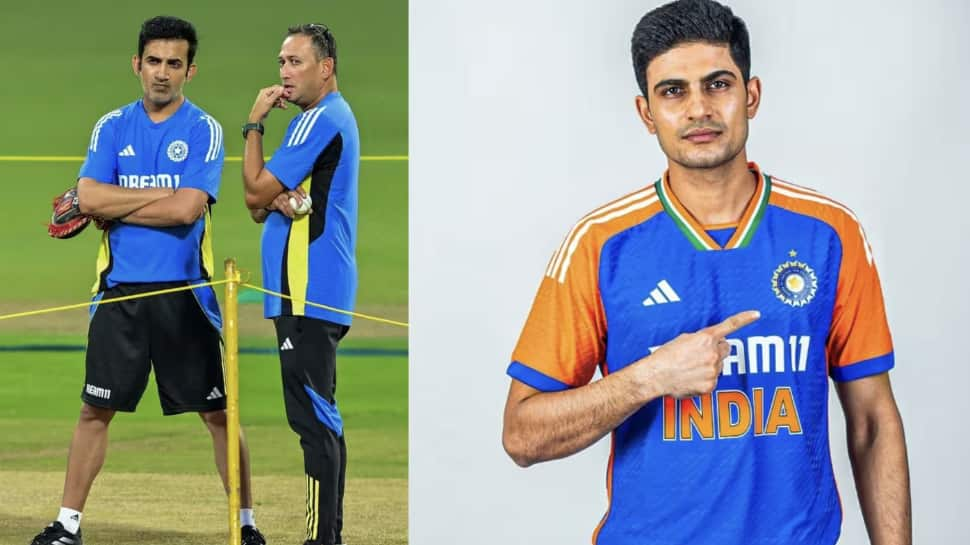As a former cricketer who has experienced the highs and lows of international cricket, I find it disturbing—if not outright disappointing—to see some veteran journalists and ex-players aiming Gautam Gambhir, India’s newly appointed head coach. Their criticism, often drenched in bias and nostalgia for his predecessors, is not only unfair but also completely tone-deaf to the context he inherited.
Let’s be clear: this is not the Team India of old. Gambhir did not walk into a dressing room filled with battle-hardened legends. He wasn’t handed a golden platter like Ravi Shastri or Rahul Dravid, both of whom had the luxury of managing a side stacked with icons like Virat Kohli, Rohit Sharma, R Ashwin, and others in their prime. Instead, Gambhir inherited a team in transition—a raw, untested bunch led by a young captain in Shubman Gill, still learning the ropes of leadership.
And yet, in the just-concluded fourth Test against England, what we witnessed was nothing short of a statement. India, reeling after losing Yashasvi Jaiswal and Sai Sudharsan early, could have folded. But they didn’t. Shubman Gill and KL Rahul showed resilience, stitching a crucial partnership of nearly 200 runs that steadied the innings. Gill’s century was a lesson in patience and strokeplay. Rahul, although dismissed in the 90s, reminded fans why he remains such a vital cog in the Indian setup.
What happened next was pure grit. Ravindra Jadeja and Washington Sundar—both genuine all-rounders—batted with the kind of composure rarely seen in such pressure situations. Their centuries not only helped India save the Test but also preserved the sanctity of a tightly contested series, now keep it at 2-1, with one game to go.
Critics can say what they want, but there’s no denying the spirit of this team. And Gambhir deserves credit for instilling that fight. His dressing room pep talk, his trust in youngsters, and his no-nonsense approach are already bearing fruit.
Let me add some perspective. The current side is missing not one or two but three world-class players: Kohli, Rohit, and Ashwin. Kohli and Rohit, both in their mid-thirties, chose to retire from the longest format after a gruelling IPL season. Ashwin, reportedly disillusioned after being benched during the Australia tour, exited mid-series to return home. That left Jadeja and Rahul as the only experienced hands in a greenhorn squad.

And yet, despite this, we are berating Gambhir?
Consistency, I can tell you from experience, is the hardest thing in sports, especially when a team is rebuilding. As fans and pundits, we must acknowledge that results don’t come overnight. The easy route is to compare with past coaches. The harder—and more honest—approach is to evaluate Gambhir on the merit of the resources he has.
Moreover, a word must also be said about the selection process. One wonders what criteria Ajit Agarkar and the selection committee used in picking this Test squad. Was it a red-ball domestic performance? Or was it yet another spillover of IPL metrics into the wrong format? The Test team needs more than flashy T20 cameos. It demands temperament, not just talent.
That Gambhir has managed to keep this squad competitive, that players like Sundar and Jurel are flourishing under his watch, and that the team hasn’t crumbled under pressure—all point to a system that is working, even if it’s still a work in progress.
So, to those already sharpening their knives—pause. A new chapter is being written, and it takes time for the ink to settle. Let’s give Gambhir the space he needs. Judging him by the standards of yesteryears, without factoring in the present reality, is not just unfair—it’s unwise.
Let’s not forget, Gambhir has never been the one to back down from a fight. And clearly, neither is his team.







